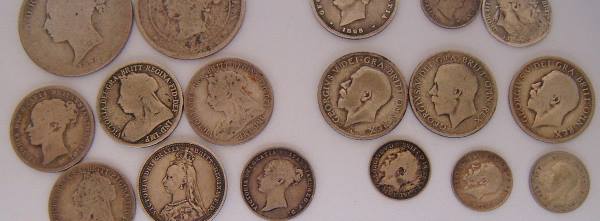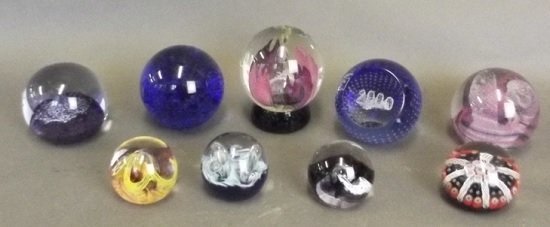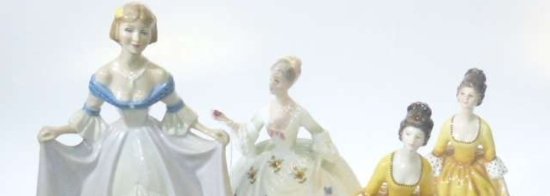The Museum of Childhood in Perth is part of the Edith Cowan University and houses Australia’s most comprehensive collection of childhood heritage comprising approximately 16,000 items. It includes extensive collections of children’s toys, costume, books, furniture, school materials and domestic items. Amongst these are many items of beauty and rarity. However, as a museum of social history its collections are used to address the broad range of childhood experience over time in culturally diverse Australia. Hence its themes range from school days to home life, from changing practices in child raising to playthings and pastimes.
A strength of its collections is a remarkable number of improvised items, generally made by parents, for children. These ‘home-made treasures’ celebrate the power to ‘make-do’ in a variety of circumstances and periods in Australia’s past. For over twenty years the Museum of Childhood has made the collection of these improvised items one of its major curatorial interests.
Whether because of the tyranny of distance, wartime or depression conditions, the privations of pioneering life or simply the desire to create, parents, grandparents or others with an interest in children have created all manner of things for them. These range from toy stoves made from scraps of wood to lovingly constructed dolls’ houses; from intricate model locomotives to simple paper and wooden toys; from toys made to raise an income during the 1930s Depression to finely embroidered christening gowns fashioned with pride and care. Of course some items have been made by children themselves. These home-made items are concerned with an important segment of our national folk life as expressed through its material culture.
In contrast to commercially produced items, they have been produced through genuine need or desire in particular places or circumstances.
Another strength of the Museum’s collection is the provenance that the staff have painstakingly recorded from former owners and donors.The stories revealed through these records demonstrate the power of the human spirit to provide objects of nurture irrespective of period or economic circumstance. The human values revealed by the objects and their stories are important to today’s audiences as they provide something of an antidote to the often too pressing insistence by the advertising media that we succumb without question to the mass produced items for a consumer society. Whilst it is not intended that the objects be presented as a didactic statement, it is important to see them as more than simply a collection of the ‘quaint and curious’.
A major cause of improvisation was economic hardship. In response to the austere circumstances of times such as the Great Depression, people turned to home-made answers to provide for children. Such items were even made and sold as measures for family survival. Included in the Museum’s collection are two rag dolls bought in Barrack Street, Perth during the Great Depression from an unidentified woman who sold such items as the sole means of supporting her family.
Another parent, Dorothy Ball, lived on an isolated property, Lyndhurst, at Tambellup, Western Australia. Pictured are the five Ball children doing correspondence lessons in about 1930 while seated at their home-made school desks at Lyndhurst. At that time children who lived more than eleven kilometres from the nearest rural school could be taught at home. Mrs Ball was not only a conscientious supervisor of the lessons but an ingenious improviser. Due to their isolation and the need to economise, all of the desks pictured were made by her from kerosene packing cases and fitted with jam tin ink holders. Fortunately one survives and is included in the Museum’s collection, an excellent example of the once famous ‘kerosene technology’.
Wartime shortage was another major cause of improvisation. During World War I, Grace Burkitt, an enterprising woman in Narrogin, Western Australia, together with her family, made papier mache and compound dolls to replace foreign-made dolls which were hard to buy due to wartime import restrictions. They became so popular that their home became known as the ‘Narrogin Doll Factory’. Eventually, eight to ten girls were employed and up to forty dolls were produced weekly. Unfortunately in the post-war period, competition from cheaper imports led to the eventual demise of this enterprise. These dolls, although crude by modern standards, have great appeal and are much sought after by doll collectors.The collection also includes a wonderful range of home-made toy vehicles, locomotives and rolling stock recovered from the local dump at Pemberton in south-west Western Australia. When they were presented to the Museum of Childhood nothing was known of the circumstances surrounding their origin. An article placed in the local paper, the Warren Blackwood Times, resulted in their owner, Colin Graham, responding and providing their story. The toys had been made by his father, Lionel Graham, a mill carpenter, during the Second World War when toys were scarce because their manufacture was considered a luxury industry and hence banned commercially. Lionel made toys not only for his own family but also for many children in the district. The toys thus not only evoke a nostalgia for the days of home-made toys but are also a valuable testimony to wartime scarcity and its effects on children growing up.
Often home-made toys and other childhood items were made by those incapacitated by disability, injury or illness as a recuperative measure. A fine example is a beautifully hand crafted yacht, home-made in 1944 in Northam Hospital by wounded serviceman Alfred Elfgren of Como, Western Australia. The hull was fashioned from scrap pine and was rigged with sails made by his wife, Marjorie Elfgren. It was subsequently given to their children Rod and Wendy who sailed it regularly on the Swan River off Como Jetty in the period after the War.
Sometimes items were home made for no other reason than to provide pleasure to the maker or as a creative endeavour. Fancy dress costumes typify such items. One such garment is a prize-winning costume ‘Little Miss Vanity’, made by Sarina Kaye of Beaconsfield, Western Australia, for her daughter Olga to wear at fancy dress balls held at the Hamilton Hill Hall near Fremantle, Western Australia in the 1920s.The ‘home-made’ items in the Museum have been collected for their obvious visual appeal and testimony to human ingenuity as well as for their provenance. Hence, they may be approached and enjoyed in their own right in terms of structure, materials, function and design, but also in the light of their recorded history. The latter approach may evoke in the viewer strong perceptions of past eras, of the nurture of children and of patterns of daily life once common but now





